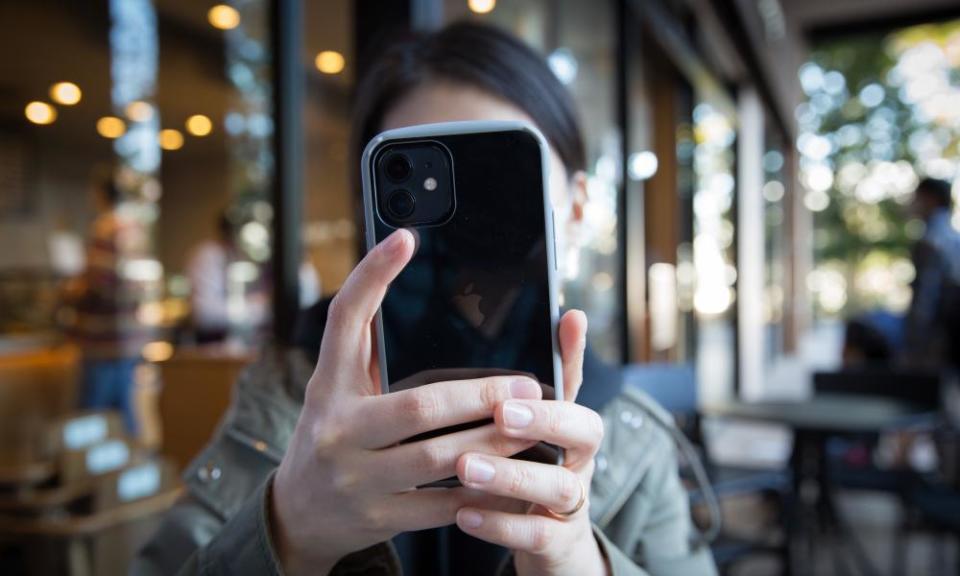How to put the spiralling cost of a mobile phone on hold

Using a mobile phone can be can be a more expensive business than many people bargain for.
Research from price comparison site uSwitch suggests almost half of consumers don’t check their bills every month. Those who do, can get a nasty surprise – with international calls, roaming charges and spending on computer games top of the list of unexpected charges.
The cost of new and more sophisticated handsets add to the bill: for example, the most pricey of Apple’s latest range of iPhones carry a hefty £1,399 price tag.
But there are glimmers of light for those who want to avoid spending a fortune. Communications regulator Ofcom has banned companies from selling devices that are locked into a specific network to make it easier to switch – but this will not come into effect until next year.
In the meantime, what are the best ways to save on your phone?
How to buy
A bundled mobile deal from a phone company – where the handset, minutes and data are all included in one package – is rarely the most cost effective. You are tied to a contract, usually for 24 months, and therefore restricted from moving to a better offer which can mean you pay many times more than you have to.
For example, Vodafone is offering a two-year contract with an iPhone 11 for £46 a month. Breaking the deal down shows the call and data charges come in at £23 a month if the £599 cost of the phone is taken away. Over the two years, the total cost will be £1,104 for the handset, data and minutes. If you buy the phone outright and then get a SIM from ID Mobile, with the same allowances, for £7 a month, the cost is £767.
Buying the handset separately and then getting a SIM-only deal is usually the best plan, and you will not be held to a lengthy contract. There are numerous comparison sites showing the best deals – MoneySavingExpert and uSwitch amongst them.
Of course, not everyone can afford the sometimes eye-watering upfront cost of a new handset. One way around this is use a 0% interest credit card with payments spread over whatever period you are comfortable with – this can usually extend up to 20 months. Apple operates its iPhone Payments programme. You can buy a new handset over 20 months interest free after an initial upfront payment. Apple gives an example of a £69 upfront payment.
Making contracts work
Many people are paying more than they need because their contract has ended, yet they have not switched. Since February, companies are obliged to tell a customer, when their contract ends, what they are paying and what the best deals on offer are, via text, email or letter.
But since the uSwitch research shows that large numbers of people don’t check their statements, it’s likely many are still slipping through the net. Ofcom advises that after checking your account, go to a price comparison site to see if there is a better deal and then get back to the original provider to see if they will match the price.
Before signing up with anyone new, it’s also worth checking the signal strength in your area to see which operators offer the best service to avoid having to retreat to a corner of the back garden when you want to make a call. Ofcom has a signal-strength checker online which shows the strength of EE, O2, Vodafone and Three.
Avoid the shock
Mobile phone companies will frequently tout the large amount of data they offer as part of a package to lure people in. It plays to an old fear – that you will run out of data by the end of the month and then have to pay for costly add-ons.
But the reality is that large data packages will often exceed what is necessary and, instead, end up costing more. That is especially true during the pandemic when many people are at home and can rely on their wifi, reducing the amount of data being used from their plan.
One way to keep track of usage is through a site such as Billmonitor, which analyses your mobile bills, and shows the average amount of services used, as well as alternative options from other providers.
Be aware of the alternatives
It is not all about iPhones or high-end Samsungs of course, and there are many, many cheaper options. Amongst the most highly rated at the cheaper end of the market – which have received praise from the Guardian’s consumer technology editor Samuel Gibbs – are:
• Google Pixel 4a (£349) described as being the company’s best phone in years. It is small and light and has an OLED screen that is colourful and crisp.
• OnePlus Nord (£379), said to be a bargain at the price with a good screen, rear camera and battery life.
• Apple iPhone SE (£419), unexpected value from the company offering a top-of-the-line processor. It comes out as one of the strongest options in the price range.
Bringing in the old
Your old mobile does not need to gather dust in a drawer when you upgrade. Sites such as sellmymobile, Compare & Recycle and Compare My Mobile will connect you with companies that will pay for the old device. Some sites take the phones in varying degrees of repair, from new to working to broken.
Martin Lewis’ MoneySavingExpert warns that most of the free postage options don’t include insurance so it could be worth paying for a delivery where it has to be signed for, and which gives sufficient insurance.
